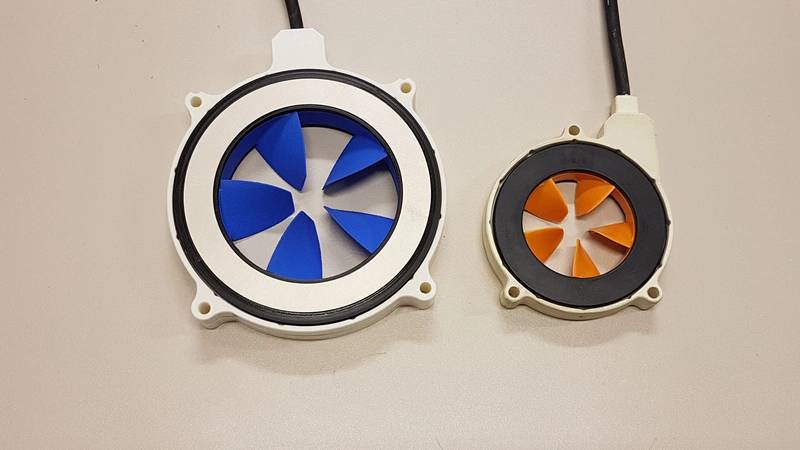A New Era of Affordable Tangle-Free Propulsion
In the early hours on April 25 2019, while preparing to resume survey operations close inshore during the hours of darkness, a vessel caught unmarked fishing nets in both main propellers. The incident occurred a little over one nautical mile from shore, after around three days of waiting on weather.
The propulsion system was stopped before completing a visual inspection at the stern of the vessel. Fishing nets were observed on the port side, leading beneath the vessel. It was confirmed that the fishing nets were entangled in both propellers, disabling both and leading to limited vessel maneuverability. The bow thruster was used to maintain control of the vessel and slow down to drift towards the shore. In due course, the vessel was able to anchor in a safe location away from seabed assets and await assistance.

This accident led to added costs and lost time during survey works that could be avoided if hubless thrusters were used instead.
Today, there is an increasing number of smaller vehicles being deployed for various missions and an increasing number of those are unmanned (USV). The failure of thrusters in such circumstances can lead to a complete mission halt and loss of a USV.
Hydromea, a Swiss-based robotics company, had this same issue when developing its own autonomous underwater vehicle. The team decided to address the issue by developing a unique solution that today manifested itself in a full-fledged product line under the name of DISKDRIVE™.
DISKDRIVE™ is a patented, ultra-slim, rim-driven brushless thruster. The first model has modest thrust of 30N but a super-thin profile of just 16mm. The thin size makes it ideal for low-drag vertical stabilisation thruster applications, as well use on small vehicles where space is limited. The new model with over 70N thrust is coming up this fall. This thruster is just 25mm thick and can propel small underwater and surface vehicles without much effort.
The hub-less propeller design prevents it from becoming tangled – the thruster will easily navigate through floating debris such as water plants, fishing ropes or plastic. The patented design contains no seals, it is pressure-proof, hydro-lubricated and oil free.
The simple design allows the user to exchange propellers quickly in just under 10 seconds. Due to its unique construction and hydro-lubrication, DISKDRIVE™ is extremely durable and will outrun other thrusters over its lifetime in regular water environments.
Igor Martin, the CEO of Hydromea, says: “We’ve commercialized our first thruster going into COVID lockdowns in 2020 and since then we have had a number of customers trialing our product in different parts of the world. At the end of 2021 we started to see a pickup in repeat purchases that are growing in scale – a certain indicator that more DISKDRIVE™ thrusters get integrated into the hulls of modern aquatic vehicles. With the upcoming launch of the highly anticipated new thruster, DISKDRIVE™ 80, we keep expanding the versatility and power thrust that these products can provide.”
Hydromea focuses on developing miniaturized underwater technology that is affordable. Igor Martin added: “We try to bring the price point down so that our products can be easily integrated within reasonable budgets of the affordable aquatic technology. With the DISKDRIVE™ line, our strategy is to keep thrusters at under $1’000 price tag.”